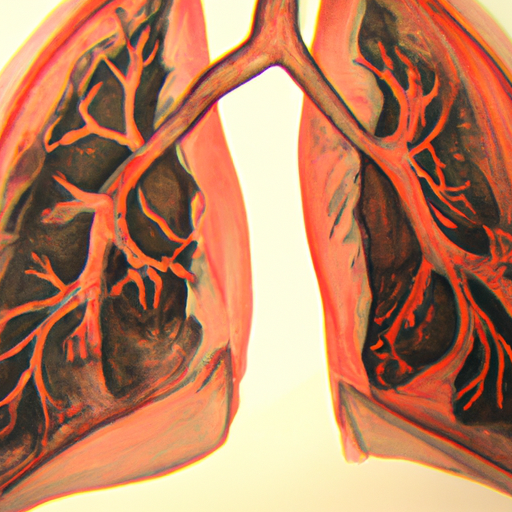What is Respiration in the Respiratory System: Explained
Respiration is a vital process in the human body that ensures the exchange of gases, specifically oxygen and carbon dioxide, between the body and the environment. It is a fundamental function of the respiratory system, which consists of various organs and structures working together to facilitate the intake of oxygen and the removal of carbon dioxide.
The Importance of Respiration
Respiration is essential for the survival of all living organisms, including humans. It plays a crucial role in maintaining the body’s homeostasis by providing oxygen to the cells for energy production and eliminating waste carbon dioxide. Without respiration, cells would not receive the necessary oxygen, leading to cellular damage and ultimately, organ failure.
The Process of Respiration
Respiration can be divided into two main processes: external respiration and internal respiration.
External respiration occurs in the lungs and involves the exchange of gases between the air and the blood. When we inhale, oxygen-rich air enters the lungs and diffuses across the thin walls of the alveoli (tiny air sacs) into the bloodstream. At the same time, carbon dioxide, a waste product, moves from the blood into the alveoli to be exhaled.
Internal respiration, on the other hand, takes place at the cellular level. Oxygen-rich blood is transported by the circulatory system to the body’s tissues and organs. Within the cells, oxygen is utilized in a process called cellular respiration, where it combines with glucose to produce energy, carbon dioxide, and water. The waste carbon dioxide is then transported back to the lungs for elimination during exhalation.
The Role of the Respiratory System
The respiratory system consists of several key organs and structures that work together to facilitate respiration. These include the nose, pharynx, larynx, trachea, bronchi, and lungs.
The process begins when we inhale through the nose, where the air is filtered, warmed, and moistened before passing through the pharynx and larynx. The air then enters the trachea, a tube-like structure that branches into two bronchi, one leading to each lung. Within the lungs, the bronchi further divide into smaller tubes called bronchioles, which eventually terminate in tiny air sacs called alveoli.
The alveoli are surrounded by a network of capillaries, where the exchange of gases occurs during external respiration. Oxygen diffuses from the alveoli into the bloodstream, while carbon dioxide moves in the opposite direction, from the blood into the alveoli to be exhaled.
Conclusion
In summary, respiration is a vital process in the respiratory system that ensures the exchange of gases, specifically oxygen and carbon dioxide, between the body and the environment. It is a complex process involving both external and internal respiration, with the respiratory system playing a crucial role in facilitating this exchange. Understanding the importance and mechanics of respiration helps us appreciate the remarkable functioning of our respiratory system and the role it plays in maintaining our overall health and well-being.




